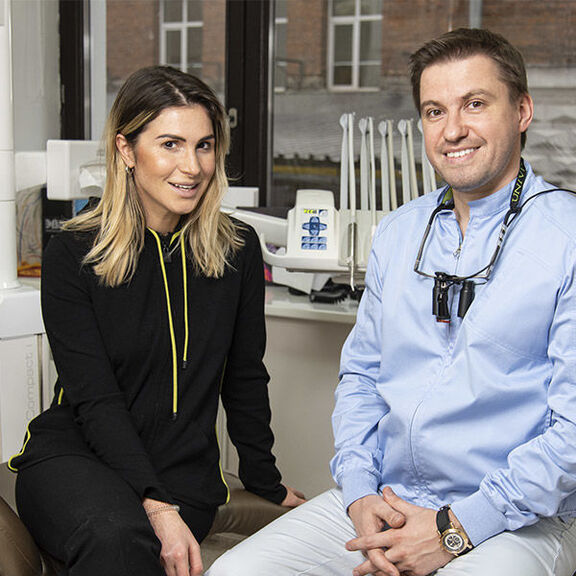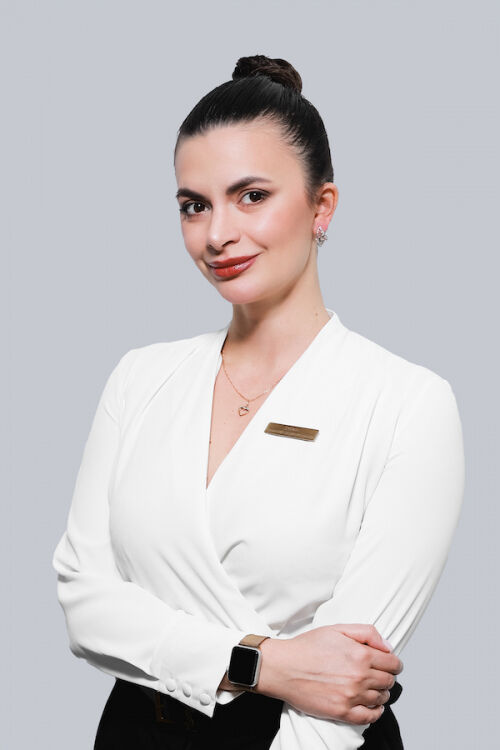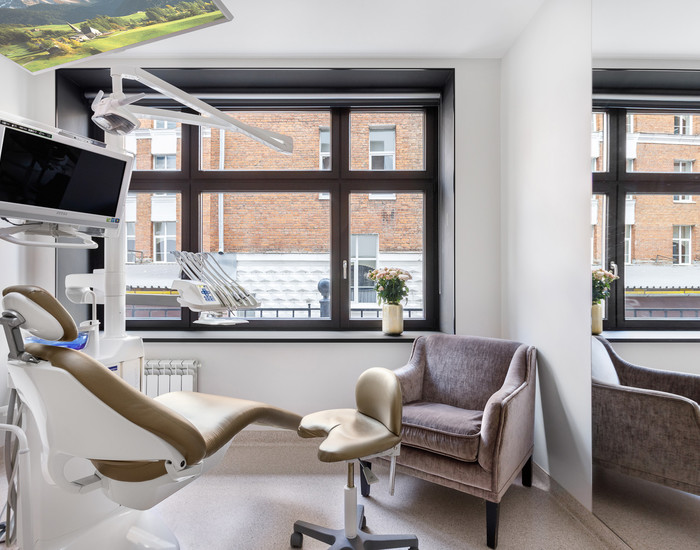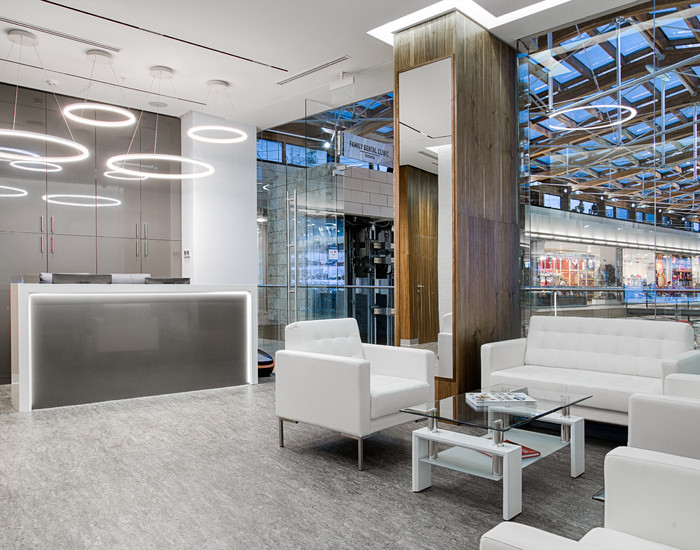Possible complications
Complications are possible with any surgical procedure, and sinus elevator is no exception. The surgeon's manipulations always affect your health in some way. The doctor's task is to minimize complications and prevent serious problems from occurring.
Swelling is considered normal. It occurs on the first day after the procedure and goes away on its own after a while. If the swelling does not disappear on the 3rd or 4th day after the operation, inform your doctor. The same applies to swelling.
Pain in the gum may also be felt for a few days. It will gradually subside until it is completely gone. If the pain persists for a week or more or suddenly increases a few days after surgery, you should see a doctor.
Serious complications after a sinus elevator procedure can include:
- maxillary sinusitis is an inflammation of the maxillary sinus;
- Rhinitis is an inflammation of the nasal mucosa.
These diseases are caused by trauma or infection. In our clinic, during surgery, measures are taken to prevent possible infection. The surgeon strictly follows the protocol, carefully performs manipulations to avoid trauma to the mucosa.
Bleeding after surgery is also a reason to see a doctor. It should stop soon after stitching. A small amount of blood may still be present for a few days. This can manifest itself, for example, in the fact that saliva is colored pinkish. But if it flows and cannot be stopped, medical attention is needed.
To accelerate rehabilitation and reduce the risk of postoperative complications, it is necessary to strictly follow the doctor's recommendations. He gives them based on the individual characteristics of the patient. But it is usually required:
- no physical activity for about seven days;
- for two weeks without air travel;
- take antibiotics, pain relievers, and antihistamines prescribed by your doctor;
- do not sneeze or cough with open mouth, do not drink through a tube, do not blow your nose loudly - all this causes pressure fluctuations in the area of elevation of the floor of the maxillary sinus and can lead to displacement of the implanted bone material;
- do not go to the bath, do not overheat the surgical area;
- no mouthwash;
- make mouth baths with preparations that the doctor specifies: you should keep the solution in your mouth for 20-30 seconds and then spit it out.
Contact AESTHET Dental Center! Our doctors perform osteoplasty and implants using advanced techniques and modern equipment. We perform open and closed sinus elevator, which allows us to build up bone tissue on the upper jaw and ensure successful implant engraftment. Great experience and high qualification of our specialists is a guarantee that you will get an excellent result.





































_700x550_ac7.jpg)






